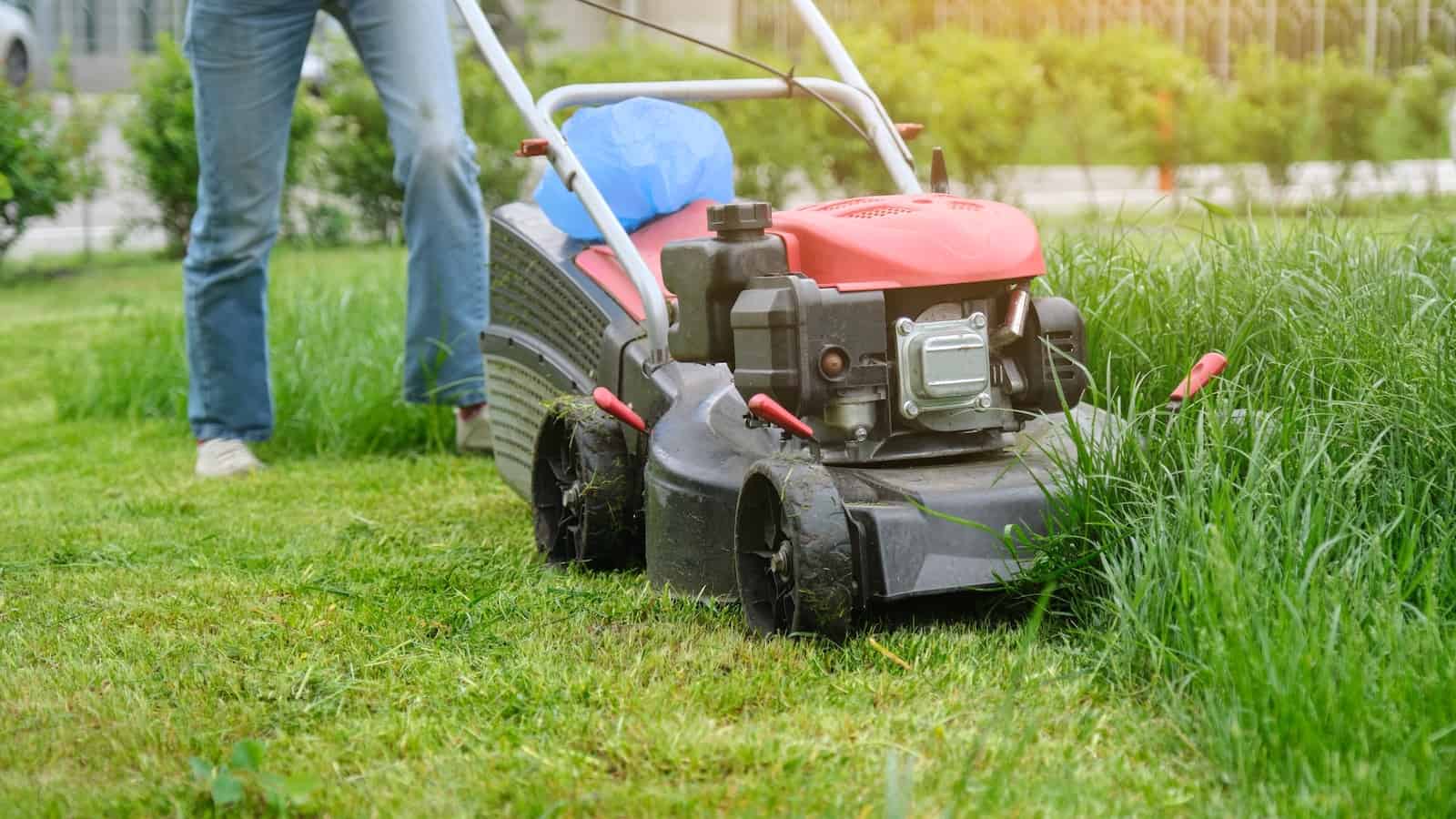Spring has finally sprung. While lawn care isn’t the ideal way to spend your weekend, many people can’t wait to get outdoors and give their lawn a much-needed first mow.
While this is totally understandable, it is essential to put on the breaks and take some time to prepare so you can make sure your first mow of the season is done right.
Below is a list of 11 tips to consider before starting up the lawn mower and getting right at it.
11 Tips to Consider Before You Mow Your Lawn
Here is our list of 11 tips that are sure to give you a more attractive lawn and make that first mow the most beneficial of the entire season.
1. Get Your Mower Ready
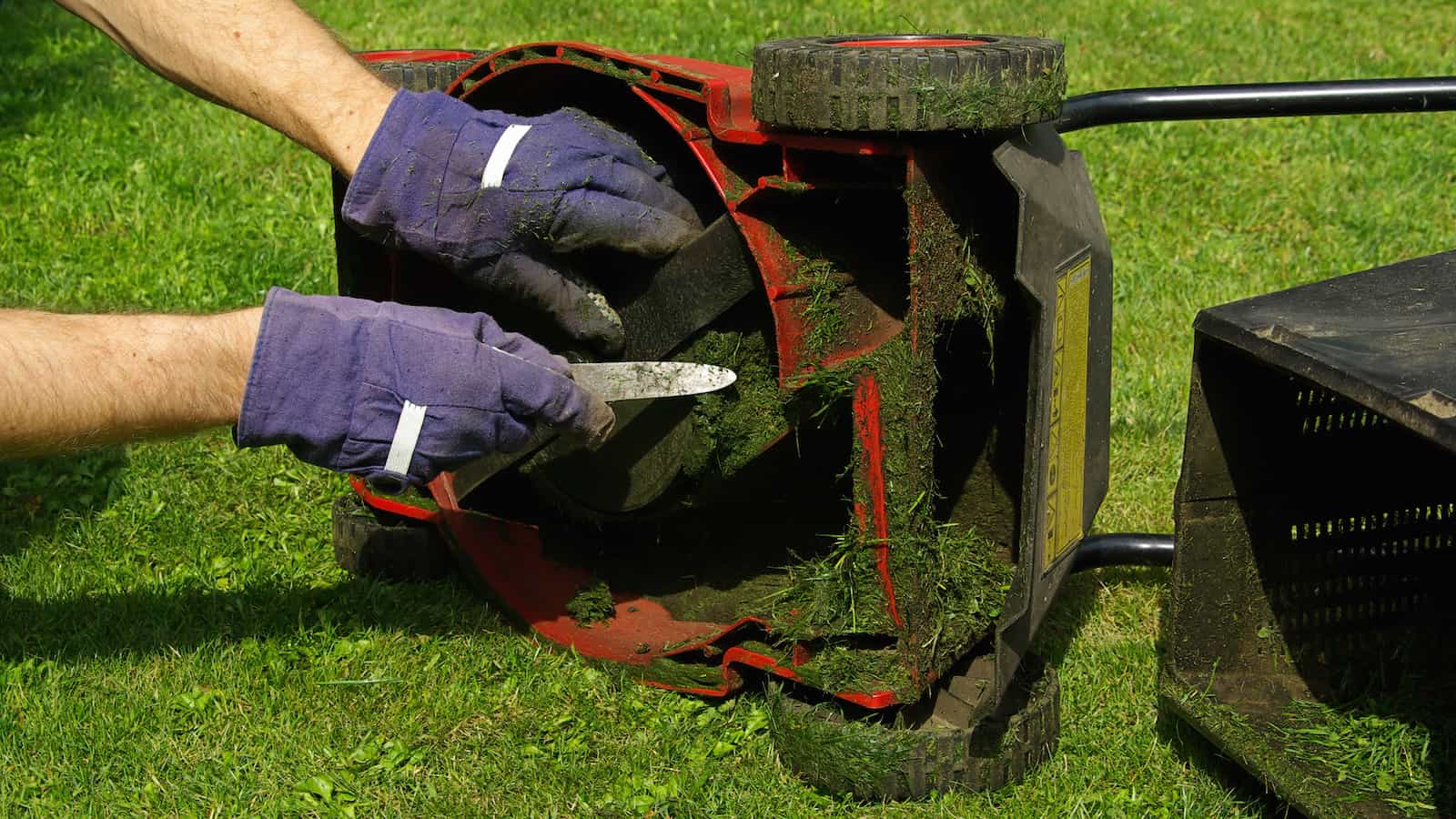
Before you go staring it up, make sure your lawn mower is ready to go. You can do this by changing the oil, installing a new filter, replacing old spark plugs, cleaning up the underside of the deck, and sharpening the blades.
You can do all the work yourself or take your lawn mower to a professional for a proper spring tune-up.
While you’re at it, you should also consider taking in your weed whipper and trimmer. That way, you’ll ensure all your landscaping tools are in ideal working condition.
2. Treat Diseased or Dead Grass Spots
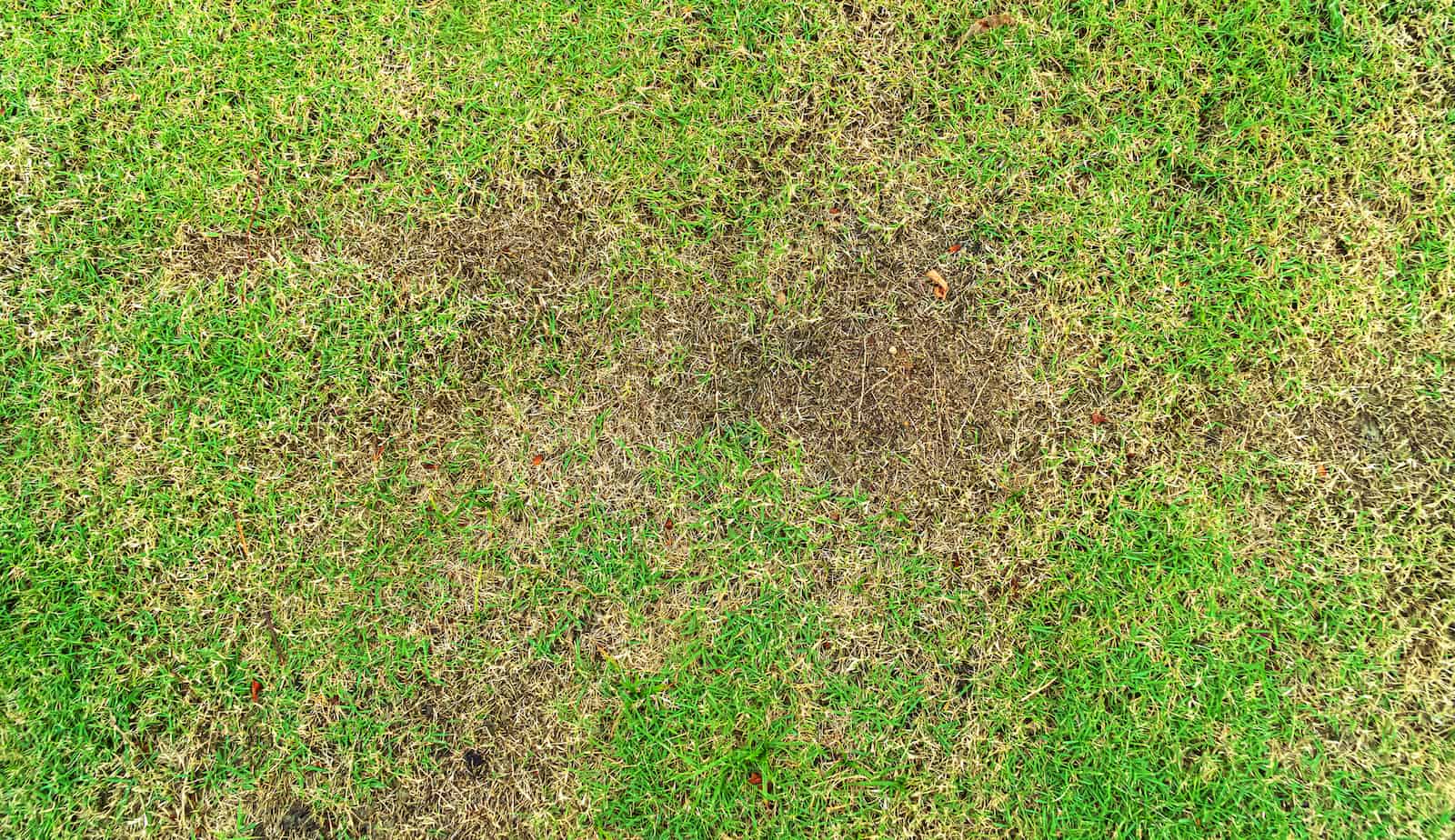
Sitting beneath the snow and being saturated in water once it melts can leave your grass susceptible to disease.
Before mowing the lawn, you should treat the weak areas with a fungicide to kill any lingering bacteria.
The most common problems to look out for with spring grass are snow mold, brown patches, and other fungal infestations.
3. Remove all Obstacles and Lawn Decorations
To ensure a thorough first mow, you want to move all plant pots, lawn décor, furniture, etc. This will give you full access to the entire lawn, making your first mow an even and smooth one.
If you mow your lawn without removing items that have sat all winter long, you risk the chance of diseases spreading through your cleaned-up yard, which will make it appear less attractive.
This is also the time to toss any lawn decorations or planter pots that have been ruined over the winter months or are no longer of use.
4. Rake the Yard Thoroughly
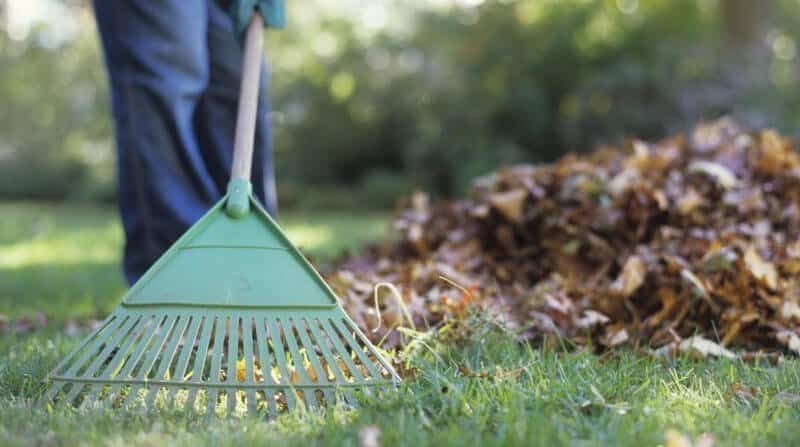
Before mowing, you should consider raking the entire lawn. Remove debris, sticks, and matted grass, loosen up the soil thatch, and break up any type of fungus or other forms of unwanted growth.
You might want to consider purchasing a thatch rake to help you break up some of the dead grass roots that are intertwined with the healthier ones. Doing this is going to give you a thicker and much more even rate of new grass growth.
5. Aerate the Soil
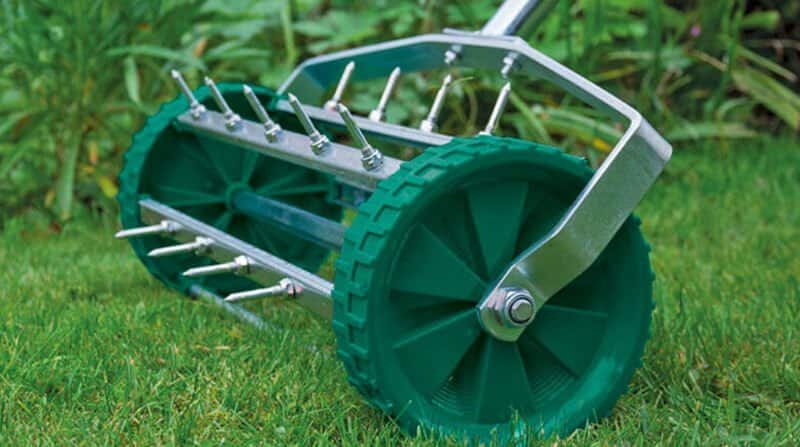
Aerating the soil is a great way to reduce thatch and compact soil. Adding extra air, water, and nutrients to the grass roots makes them more robust and less susceptible to damage.
One of the best ways to aerate your spring soil is with a core aerator that removes plugs of soil, offering plenty of room for essential care.
6. Apply Spring Fertilizer
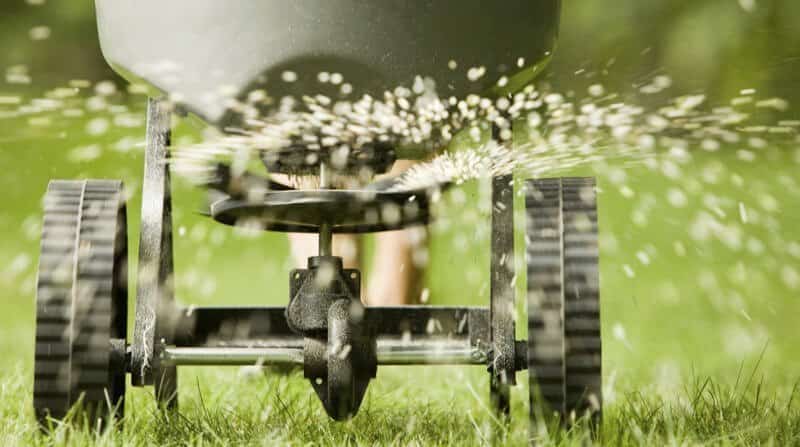
Add a quality-grade fertilizer to the soil before you start intense yard work. Fertilizer will help build a strong, hardy, and healthy lawn that will only grow more luscious and green as the season progresses.
There are tons of great fertilizers on the market today that are specifically designed for different seasons, types of grass, and soil care.
Make sure to check the labels and purchase the best product for your needs.
7. Add Seeds Wherever Needed
Once the snow has cleared, you are bound to notice patches of dead or thinning grass. In this case, use extra grass seed to fill in the blanks.
Putting the seeds down before you mow can speed up germination and rooting with the help of clippings afterward.
8. Water the Grass
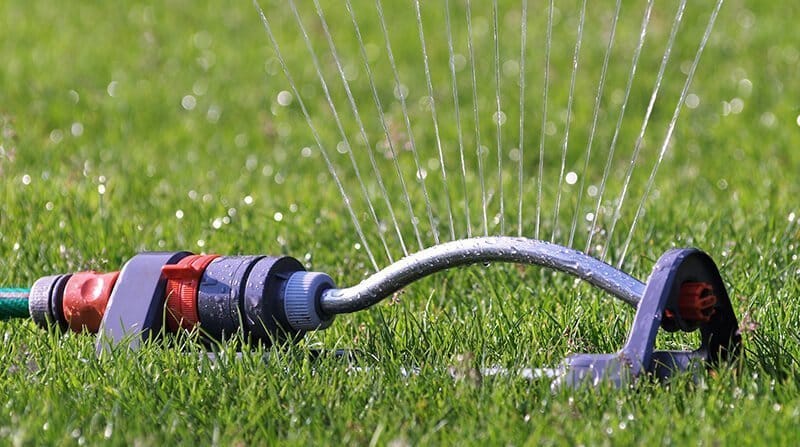
While this one may seem a bit confusing, especially since the lawn has sat in snow and water for quite some time by this point, watering the lawn thoroughly before the first cut can wake up the roots and increase growth and strength before you cut down the grass blades.
9. Dispose of Lawn Debris
One of the first things you should tackle when preparing your lawn for the warmer months ahead is cleaning up all lawn debris and waste.
Piles of wet leaves and clumps of dead grass are breeding grounds for bacteria. They can lead to serious grass illnesses and diseases such as brown patches, dead spots, and the spread of snow mold.
10. Treat for Future Weeds or Pests
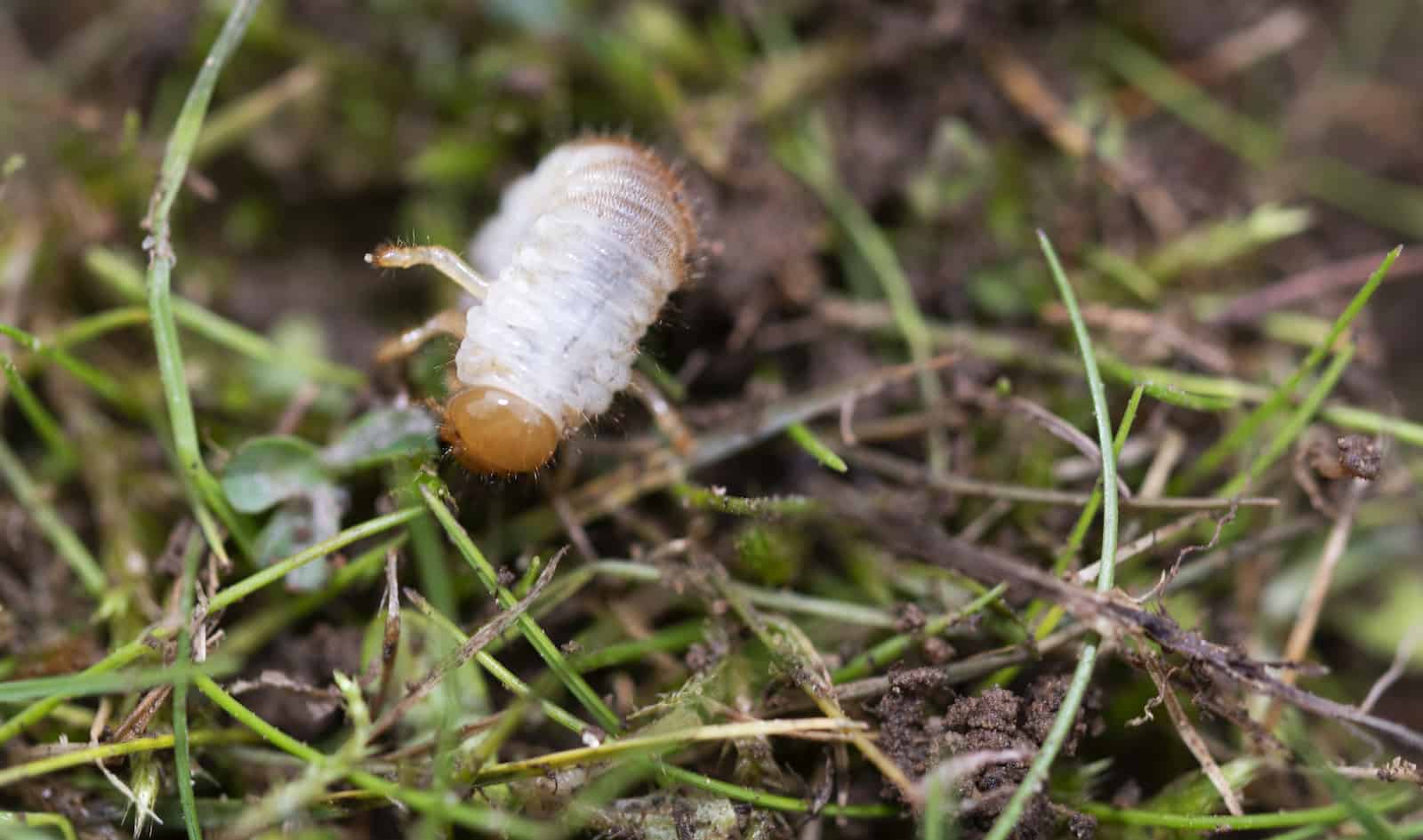
Take control of insect infestations and weeds by treating them in early spring, preferably before you even mow the lawn.
By adding these treatments to the grass before you ever mow, you are giving them easy access to the soil and grass roots, increasing the potential benefits.
One of the worst infestations frequently plaguing homeowners in the spring season are grubs that love the taste of your lawn roots. Treating your soil before beetles can start laying their eggs is a great way to get a head start on your lawn maintenance.
11. Only Cut a Third of the Way Down
Now that you are ready to take on the first mow of the season, it is crucial you don’t overdo it from the start.
Although the typical homeowner is extremely antsy to get their yard in the best shape possible, cutting your grass more than a third of the way down that very first time can damage the turf and increase the possibility of weed infestation and disease.
After that first cut, you can slowly reduce the height of the blade, getting it to where you want it over a few sessions.
Conclusion
Taking the steps to get it right the first time will make all the difference in the look and health of your lawn and save you a lot of effort later in the season.
